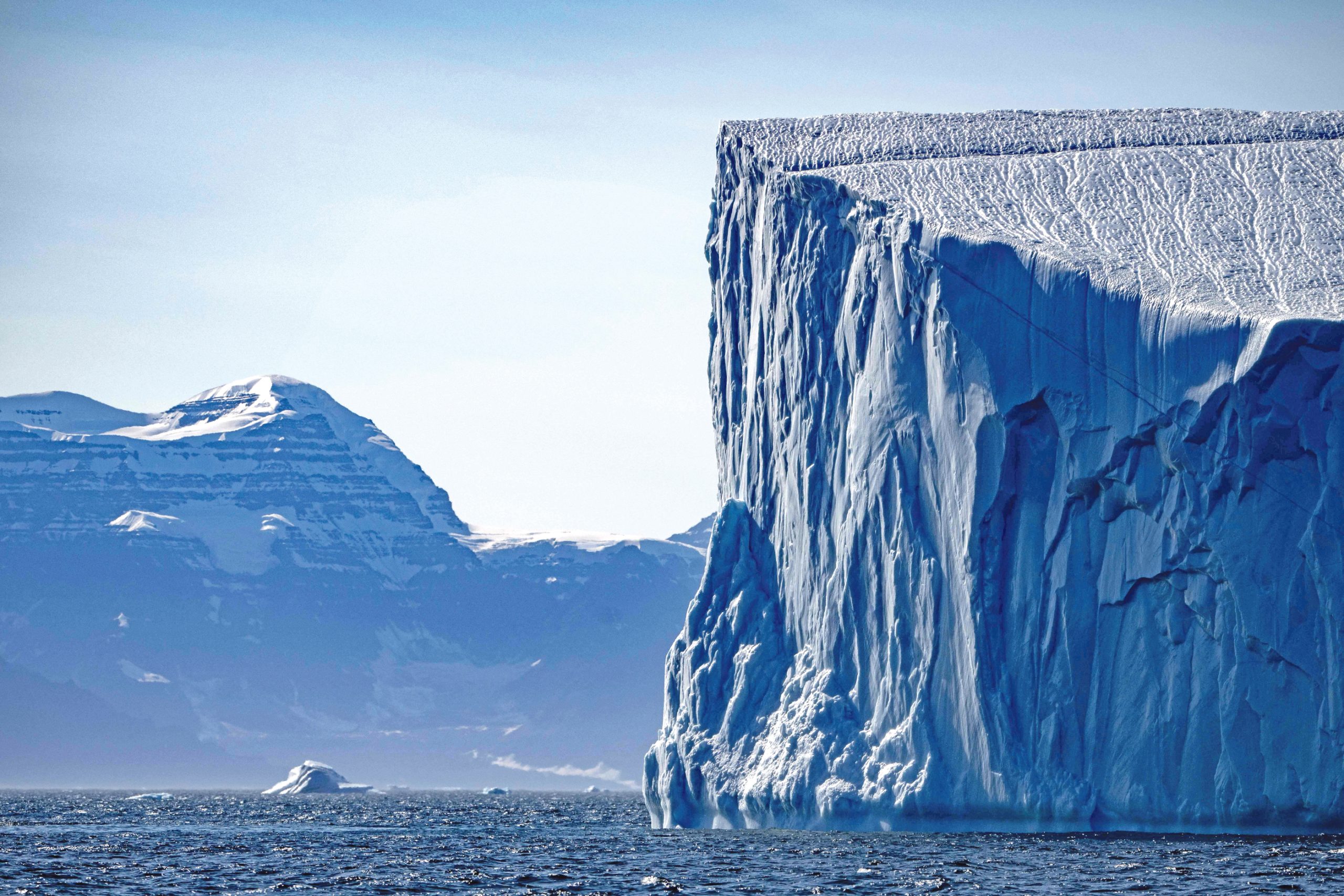Degreen in Arctic reveals new coastal lines

The decrease in glaciers exposed 2,500 kilometers of coast and 35 ‘new’ islands in Arctic between 2000 and 2020, completed a new investigation published in the magazine Nature Climate Change. Scientists examined satellite images of more than 1700 glacier defaults in Gronelândia, Alaska, Canadian Arctic, Russian Arico, Iceland and Svalbard during this 20 -year period. The analysis shows that 85% of these glaciers retreated, revealing an average of 123 kilometers of new coastline per year. This is «Fundamentally alter the nature of the landscapes of the Arctic»according to Dr. Simon Cook, a full professor of environmental sciences at the University of Dundee de Scotland.
Research associates the acceleration of glaciers fusion with increased ocean and air temperatures. With increasing global temperatures, glaciers are suffering faster and faster. The base of the glacier, known as ‘Terminus’begins to melt, shrinking the total length of the ice cap. The glaciers that end in the sea – that flow into the ocean – often reveal new coastal areas when they melt. From satellite images of 1,704 glaciers that end in the sea in the northern hemisphere, the investigators cartographs the 2,466 kilometers of coast that were exposed between 2000 and 2020.
Investigators warn that the recently discovered coastal lines are more susceptible to landslides, which can trigger «Dangerous tsunamis».








